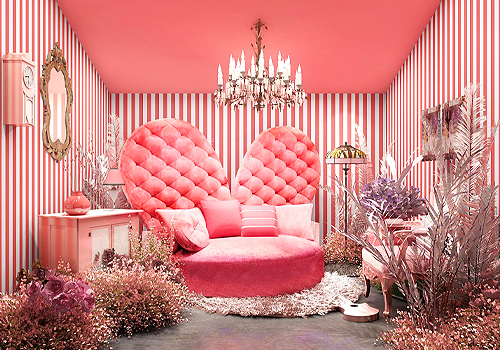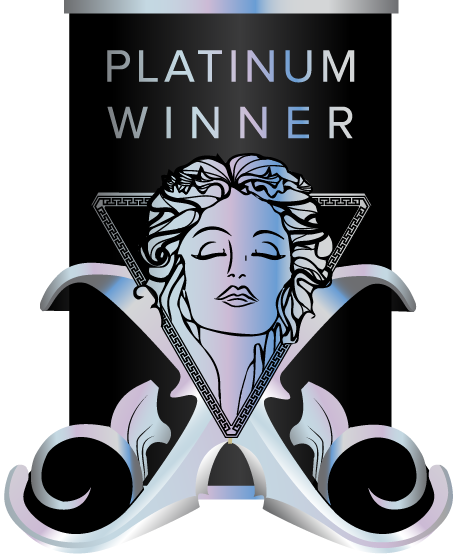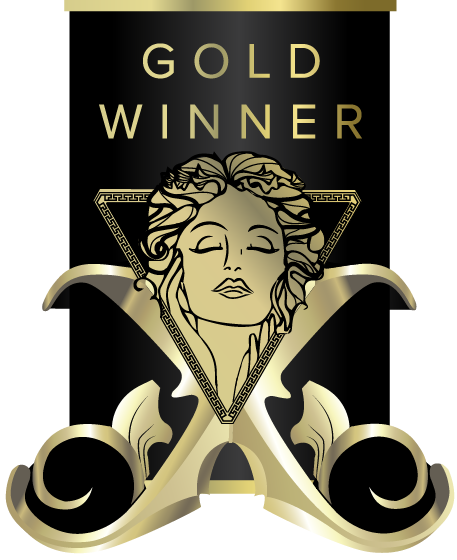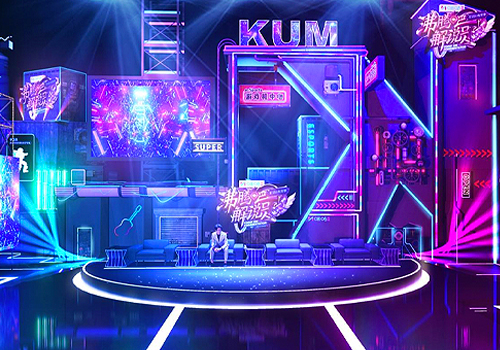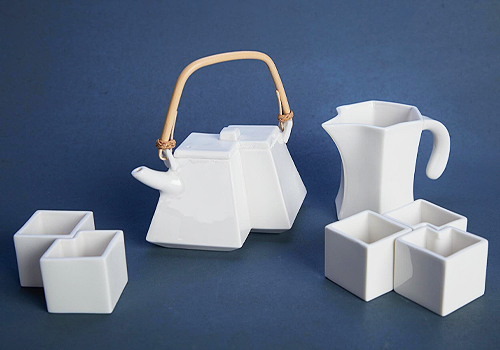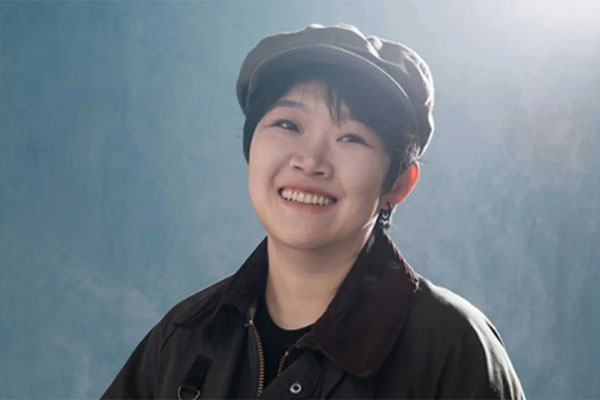
Interview
Danni Chang
1 Congratulations on winning the MUSE Design Awards! Can you introduce yourself and share about what inspired you to pursue design as a career?
Thank you! I am a scene designer, specializing in innovative scene design and real-life set construction. I graduated from the Central Academy of Fine Arts and have been working in scene design and setup for TV commercials, music videos, films, and variety shows for 12 years. I have always aspired to tell stories through design, combining traditional Chinese aesthetics with modern technology to create an immersive visual experience for the audience. I am also deeply committed to environmental protection and sustainable design, hoping that my work is not only beautiful but also contributes to the industry's green development.
2 What does being recognized in the MUSE Design Awards mean to you?
It is a great encouragement! The MUSE Design Awards recognizes not only creativity but also the concept behind the design. For me, this award affirms my efforts to integrate Chinese culture, technological innovation, and environmentally friendly design, and it strengthens my determination to continue exploring this path.
3 How has this achievement impacted your career, team, or agency, and what opportunities has it brought so far?
This award has increased our team's international influence and brought more attention to our work. It has also created opportunities for us to collaborate with international brands and film production companies, fostering further exploration in the areas of technological applications, eco-friendly materials, and Chinese aesthetic expressions.
4 What role does experimentation play in your creative process? Can you share an example?
Experimentation is a core part of my design process. I often try to use new materials and technologies, such as XR (extended reality) and LED virtual shooting technology, to combine digital technology with traditional set construction. In one project, we used 3D printing and biodegradable materials, ensuring visual effects while reducing waste and carbon emissions. We also utilized AI algorithms to integrate set designs, allowing materials to be reused across multiple scenes.
5 What's the most unusual source of inspiration you've ever drawn from for a project?
Once, while researching ancient Chinese architecture, I discovered that the traditional mortise and tenon structure is not only beautiful but also enhances the stability of buildings. This inspired me to adopt a modular, reusable construction method in film set design, which not only reduces material waste but also improves the sustainability of the sets.
6 What’s one thing you wish more people understood about the design process?
I hope people understand that design is not just about aesthetic expression but also about thinking about the future. We need to find a balance between visual presentation, environmental responsibility, and technological applications so that design can have a more positive impact on society. In design, we must also remember the importance of preserving traditional culture. Every region has its unique culture, and in every design process, I strive to incorporate traditional Chinese culture, which has garnered widespread cultural attention and been adopted by many designers in similar works afterward. I am very proud of this.
7 How do you navigate the balance between meeting client expectations and staying true to your ideas?
I find common ground through thorough communication, demonstrating to the client how my design concepts can enhance the project's value. For example, I emphasize that using eco-friendly materials or new technologies not only benefits sustainable development but also enhances the project's uniqueness, thereby gaining the client's support.
8 What were the challenges you faced while working on your award-winning design, and how did you overcome them?
The biggest challenge was how to achieve high-quality visual effects within a limited budget and time. I optimized the design process through technological means, such as using AI for scene simulation and 3D printing for rapid model validation. These methods helped us complete high-standard work within a short period.
9 How do you recharge your creativity when you hit a creative block?
I seek inspiration from traditional culture, nature, and technological developments. Sometimes, I visit museums to study ancient Chinese craftsmanship or explore cutting-edge technologies like AI and VR to see how they influence artistic expression. This interdisciplinary fusion often leads to new creative breakthroughs.
10 What personal values or experiences do you infuse into your designs?
My design philosophy is rooted in love—love for oneself, the Earth, and others. I believe that truly powerful design is not just about visual innovation; it should carry emotions and responsibility. In my projects, I strive to create sustainable works that also have warmth. I am committed to environmental protection, focusing on the emotional resonance between characters and the audience, so that the design serves the story while also touching people's hearts. Additionally, I value teamwork and hope to create a positive work environment and foster humanistic care, allowing every creator to feel a sense of belonging and accomplishment in the project. "True eco-friendly design is not about telling people what to do, but making them willingly become co-conspirators for the Earth when they experience beauty."
11 What is an advice that you would you give to aspiring designers aiming for success?
Keep an open mind and continuously learn new technologies, but also deeply understand your cultural background. Design is not just about visual innovation; it is an expression of thought and ideology. Finding your own design language is key to truly establishing a unique style.
12 If you could collaborate with any designer, past or present, who would it be and why?
I would love to collaborate with Raymond Loewy, the father of modern industrial design. His philosophy emphasizes "the coexistence of beauty and functionality," which aligns with my approach to film set design. I would love to see how he would combine Chinese aesthetics with modern technology to create a unique visual experience.
13 What's one question you wish people would ask you about your work, and what's your answer?
I would like people to ask, "How does your design change the industry?" My answer would be that I hope to make film set design more sustainable through technology and environmental protection concepts, while using Chinese culture to tell global stories, allowing audiences worldwide to experience the unique charm of Eastern aesthetics.
